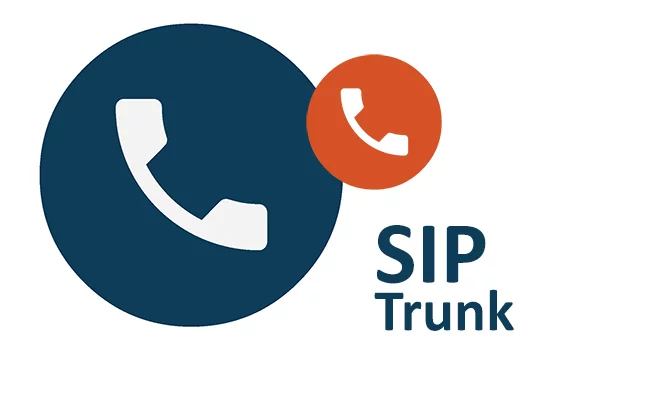Unveiling SIP Basics: An Introductory Guide to Session Initiation Protocol
special focus on SIP trunking

Introduction
In the realm of modern telecommunications, the Session Initiation Protocol (SIP) stands as a cornerstone technology facilitating the initiation, maintenance, and termination of communication sessions over IP networks. This article serves as a comprehensive guide to understanding SIP, from its fundamental concepts to its practical applications, with a special focus on SIP trunk.
Understanding SIP: A Primer
SIP Fundamentals
Session Initiation Protocol (SIP) is a signaling protocol used for initiating, maintaining, and terminating real-time sessions involving voice, video, messaging, and other multimedia applications over IP networks. These sessions could range from simple two-way voice calls to multiparty video conferences.
Key Components of SIP
- User Agents (UA): These are the endpoints in a SIP communication, including softphones, desk phones, mobile devices, and SIP-enabled applications.
- SIP Servers: SIP operates in a client-server model, involving various server components such as:
- Proxy Server: Acts as an intermediary for SIP requests, facilitating routing and forwarding of messages.
- Registrar Server: Registers user locations and bindings, allowing for user location tracking.
- Redirect Server: Directs SIP requests to the appropriate destination.
- SIP Registrar: Maintains a location database mapping SIP addresses to IP addresses.
Message Format
SIP messages follow a specific format comprising request and response messages, similar to HTTP. These messages contain headers and a message body, carrying relevant information for session establishment and control.
SIP in Action: Session Establishment
Session Setup
When initiating a session, SIP follows a series of steps:
- User Registration: A SIP client registers its location with a SIP registrar server.
- Session Initialization: The initiating user agent sends an INVITE message to the SIP proxy server, containing details of the intended session.
- Routing: The proxy server determines the appropriate destination and forwards the INVITE message.
- Session Establishment: Upon receiving the INVITE message, the recipient user agent sends back a response, leading to session establishment.
Session Maintenance and Termination
During an active session, SIP facilitates:
- Session Modification: Users can add, drop, or modify media streams dynamically during a session.
- Session Termination: SIP allows graceful termination of sessions through BYE messages, ensuring proper cleanup of resources.
SIP Trunking: Redefining Telephony
SIP Trunking Explained
SIP trunking revolutionizes traditional telephony by leveraging SIP to enable the connection of a private branch exchange (PBX) to the Internet. This allows organizations to make and receive calls over an IP network instead of traditional phone lines.
Advantages of SIP Trunking
- Cost Savings: SIP trunking eliminates the need for separate voice and data connections, reducing communication costs significantly.
- Scalability: Organizations can easily scale up or down their communication capacity based on demand, without the limitations of physical phone lines.
- Flexibility: SIP trunking enables the integration of various communication channels, including voice, video, and messaging, fostering unified communications.
- Disaster Recovery: SIP trunking offers robust disaster recovery capabilities, allowing for quick rerouting of calls in case of network failures or outages.
Implementation Considerations
While adopting SIP trunking offers numerous benefits, organizations must consider various factors:
- Network Readiness: Assessing network infrastructure to ensure sufficient bandwidth and Quality of Service (QoS) for voice traffic.
- Security Measures: Implementing robust security measures to protect against potential threats such as fraud and eavesdropping.
- Interoperability: Ensuring compatibility between existing PBX systems and SIP trunking providers.
Conclusion
Session Initiation Protocol (SIP) serves as a foundational technology in modern telecommunications, enabling the seamless establishment, maintenance, and termination of communication sessions over IP networks. With the advent of SIP trunking, organizations can leverage the power of SIP to transform their telephony infrastructure, unlocking cost savings, scalability, and enhanced communication capabilities. By understanding the fundamentals of SIP and its practical applications, businesses can embark on a journey towards more efficient and versatile communication solutions in the digital age.



